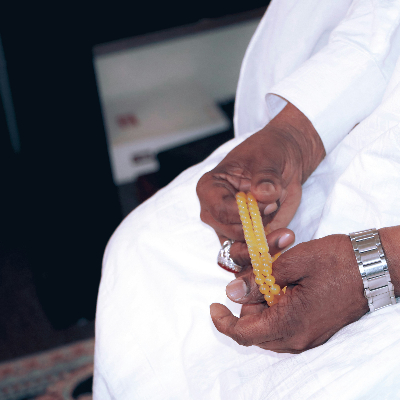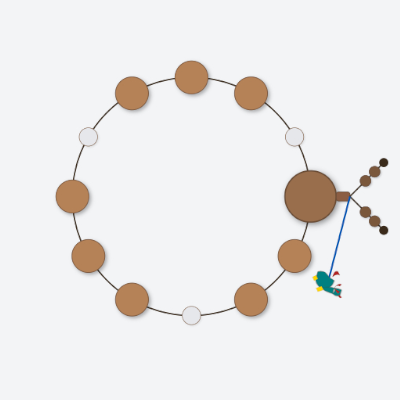Menu
-
-
F.A.Q
- How to identify genuine agarwood chip, natural or cultivated
- How to identify oil injection / absorption fake agarwood beads
- How to know if there are more than one oil in your oil
- How to make your wood bracelet or mala darker
- How to tell if an Agarwood bead sinks WITHOUT sinking it under water?
- How does back flow incense work and how do you burn it?
- Where to start if you don't know what agarwood is ?
- Why are you losing money if you buy seeds and plants?
- Which agarwood incense should I choose?
- Frequently Asked Questions
- Agarwood Related Articles
- Shipping
-
SHOP - Agarwood
-
SHOP - Other Fragrant Wood
-
SHOP - Incense Holder and Burner
-
- FREE Oud Oil guide
- Testimonials
- "Why did you buy this?"
- Contact us
- About Us
- +61430284329
- Login
-
English


Dieback, not all trees survived before harvesting
In the '90s, when the agriculture technology was not so developed, only 80% of our Aquilaria Crassna trees could survive, and produce agarwood. Today, it is over 95%.
Recently, I read the article Fusarium equiseti is associated with the wilt and dieback of Aquilaria malaccensis in Northeast India. It said
" During a survey in a MAP garden in Panbari, Golaghat of the Assam Forest Department, 70 Aquilaria Malaccensis showed symptoms of serious dieback."
Those symptoms were defoliated, fragile branches, rotten roots, stem base.
The scientists brought the root, brand and leave sample back to the lab and conducted a pathogenicity test to find out the cause.

(Pandey S, Rishi RR, Jayaraj RSC, et al. https://doi.org/10.1111/efp.12489)
After several tests, the research team discovered the leading cause is Fusarium Equiseti which is interesting because Fusarium inoculation is one of the methods of agarwood creation.
Fusarium inoculation
This artificial induction of agarwood using fungal inoculation has been proven to be a promising technique for agarwood formation as it mimics nature. It speeds up the creation process much faster compared to the physical-mechanical induction.
(Source: Faiza,Esyant,Aulianis,Santoso,Turjaman,Iriawat Trees (2017) 31:189–197)
In a recent study, Aquilaria Malaccensis develop agarwood formation rapidly in reaction to fungal inoculation using F. solani and F Equiseti(Faizal et al., 2017). It is known that F. Equiseti is a pathogen causing severe diseases in many crops, but this is the first time it becomes known, causing dieback in Aquilaria Malaccensis.
So we have contradicted information here, F Equiseti can be used as a method to create agarwood but also the cause of its dead
We think it is because of age. Looking at the first image, the tree is very young, around 3 to 5 years of age, which is not able to sustain the wound, let alone the disease. To start the inoculation process, the usual age requirement of the tree is 10-year-old. By this age, the tree trunk is thick enough and healthy enough to start "fighting". Wounded the tree any period earlier than this will risk dying early
To illustrate, see the below tree trunk.
The trunk is thick enough to sustain the wound for over nine continuous months. It will need to support another 15 months before harvesting.
See below is 15 to 16 month which spread downwards.
When the matured tree is old enough, it can stand for the infection and create phytoalexin that is formed after suffering an attack, known as agarwood. After 24 months of infection, it is time to harvest
In conclusion, it takes not only time to plant Aquilaria trees but also a significant financial investment and vast or multiple plantations sites.
In the first ten years, there is ZERO income but expenses. It takes another two years for the agarwood creation process before harvesting. Now, to our valuable customers, the pain of the trees, the hardship we endured, without passion, and support from you, we would not be able to make this far.
Thank you again for the continuous support.
1 Response
Leave a comment
Comments will be approved before showing up.
Also in News

What is Tasbih? The Deep Meaning of Subhan Allah and the Role of Prayer Beads
November 09, 2025 4 min read







Fernando Surara
May 15, 2020
The article is very informative.I’m having studies and research regarding aquilaria species.Should you have new issues?Please share it with us.GodSpeed.